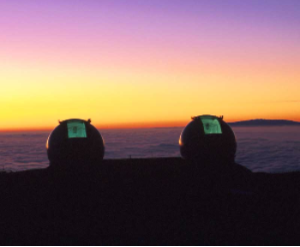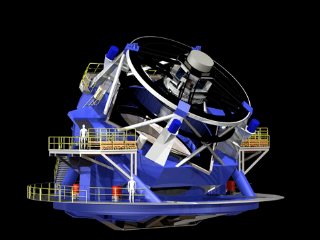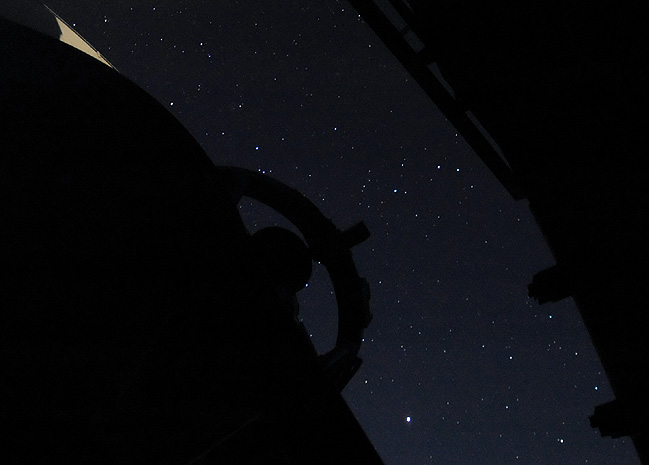Optical, Infrared, and Radio astronomy facilities illuminate the nature of our universe: the 10-meter Keck telescopes in Hawaii, Lick Observatory, the Hubble Space Telescope, NOAO telescopes in Arizona and Chile, the Gemini adaptive optics telescopes in Hawaii and Chile, the Spitzer IR satellite, the Chandra, XMM X-ray and Planck satellites, and the Very Large Array in New Mexico.

The VLA FIRST Survey -- Faint Images of the Radio Sky at Twenty-cm -- is a project designed to produce the radio equivalent of the Palomar Observatory Sky Survey over 10,000 square degrees of the North Galactic Cap.GOODS (The Great Observatories Origins Deep Survey) unites extremely deep observations from NASA's Great Observatories.
TEXES: a ground-based mid-IR spectrograph with R=100,000 is pushing our knowledge of star and planet formation, studying the chemistry of star regions.

The Deep Lens Survey is producing the first tomographic mass maps of our universe, and a new facility, the Large Synoptic Survey Telescope will probe the nature of the mysterious Dark Energy.
The universe itself is now a laboratory for the exploration of fundamental physics: recent discoveries have strengthened the connections between fundamental symmetries, the basic forces of nature, and the structure and evolution of the universe. New measurements will test the foundations of cosmology and help determine the nature of dark matter and dark energy, which make up 95 percent of the mass-energy of the universe.
Information about an individual's research activities can be found by following their personal link on the "People" page.


